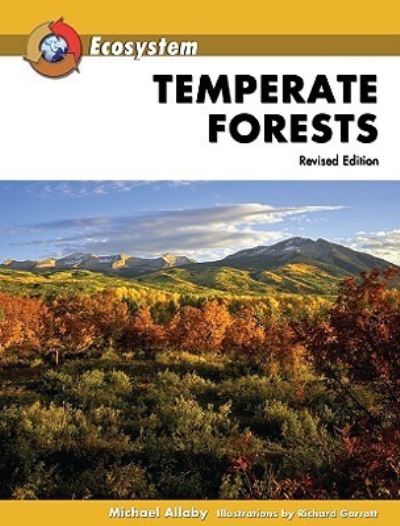
For tens of thousands of years, northern Europe, Canada, and most of the northern United States lay buried beneath vast ice sheets, thousands of feet thick. As the world warmed and the ice began to melt along its southernmost edge, plants began to appear and a forest was born. This forest of the temperate regions became known as the temperate forest. Forests are biologically diverse, meaning they support a wide variety of species of plants, fungi, animals, and single-celled organisms. ""Temperate Forests, Revised Edition"" explores biodiversity and why preserving it is so important. This book surveys the distribution of certain trees, how soil forms and is classified scientifically, how water flows through it, and what forests soils are like. It also contrasts the efforts to conserve forests with the way forests were portrayed in folklore and literature, often as dark and dangerous.All of the facts and figures have been revised for this new edition, most of the text has been rewritten, and diagrams and full-color photographs and illustrations enhance the text. More than 30 sidebars provide brief biographical details about individuals who have made important contributions to our knowledge of the Earth and ecology, including Alfred Wegener, the German meteorologist who first proposed the idea of continental drift; Vasily Dokuchayev, the Russian scientist who was the first to classify soils; and the ecologists Frederic Clements, Arthur Tansley, Charles Elton, and Henry Gleason.
| ISBN: | 9780816059300 |
| Publication date: | 30th January 2008 |
| Author: | Michael Allaby, Richard Garratt |
| Publisher: | Facts On File |
| Format: | Hardback |
| Pagination: | 336 pages |
| Series: | Ecosystem |